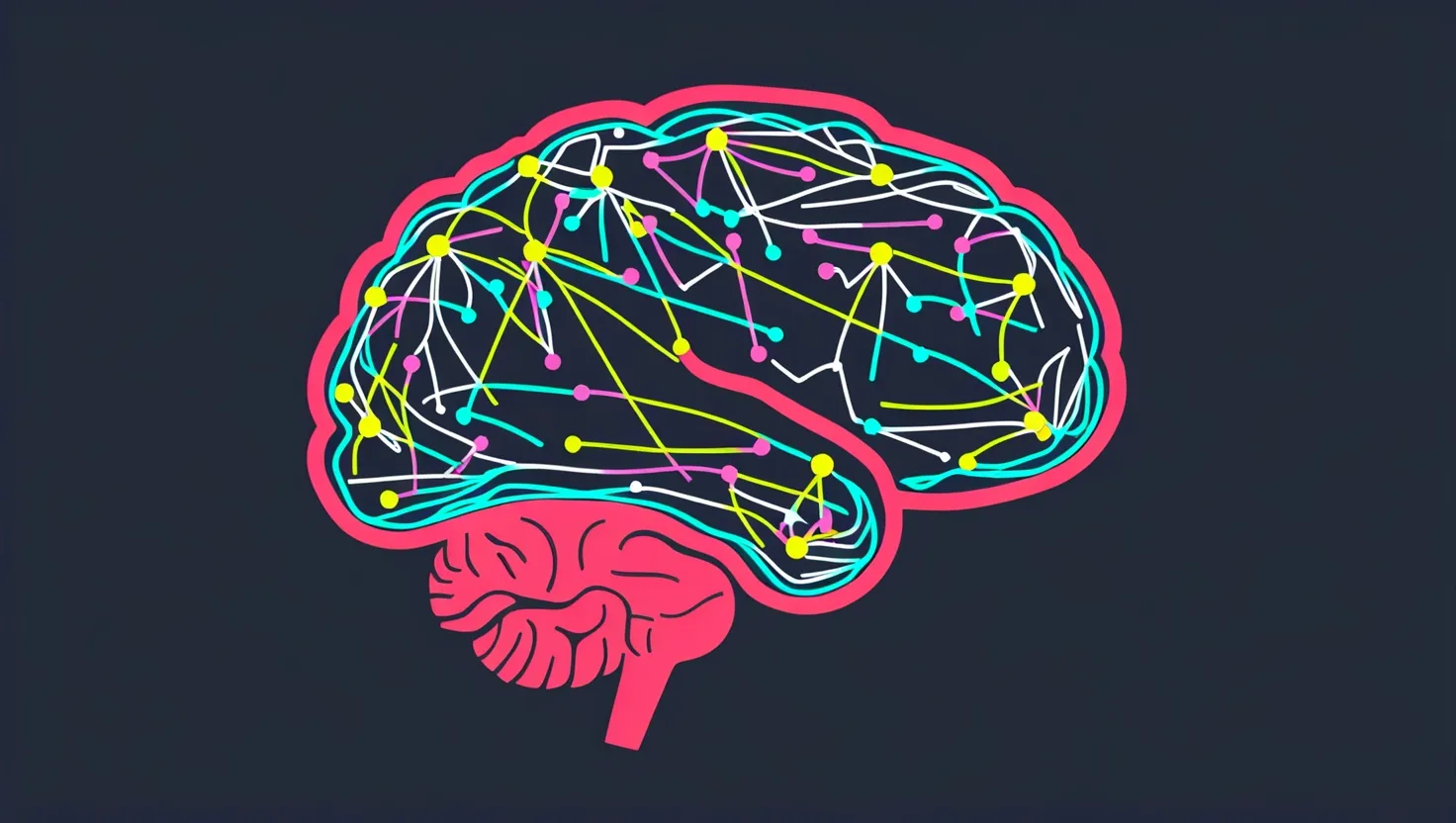As we delve into the fascinating realm of neuroscience, it becomes clear that this field is not static; it is a dynamic landscape shaped by groundbreaking discoveries that challenge and transform our understanding of the brain. Here are five paradigm-shifting discoveries that have significantly altered the course of neuroscience.
The Dawn of Neuroplasticity
For a long time, the adult brain was seen as a fixed entity, incapable of change or growth. However, the discovery of neuroplasticity in the late 20th century shattered this notion. Neuroplasticity revealed that the brain can form new neural connections throughout life, a concept that has revolutionized our approach to learning, recovery from brain injuries, and the treatment of neurological disorders.
“Neuroplasticity is the brain’s ability to reorganize itself by forming new neural connections throughout life,” a concept that has given hope to many suffering from neurological conditions. This finding has led to innovative therapies and rehabilitation techniques that exploit the brain’s inherent ability to adapt and change.
The Chemical Messengers: Neurotransmitters
In the 1920s, the identification of neurotransmitters marked a significant turning point in neuroscience. These chemical messengers explain how neurons communicate with each other, facilitating a vast array of brain functions from mood regulation to motor control. The discovery of neurotransmitters has been instrumental in developing treatments for mental health disorders and neurological conditions.
As the renowned neuroscientist Eric Kandel once said, “The brain is a very complex organ, and it is not yet fully understood. But we do know that it is composed of billions of neurons, each with thousands of synapses, and that these neurons communicate with each other through neurotransmitters.”
Real-Time Brain Activity: fMRI
The development of functional magnetic resonance imaging (fMRI) in the 1990s was a game-changer. This technology allows scientists to observe brain activity in real-time, providing unprecedented insights into cognitive processes, emotions, and the effects of various stimuli on the brain. fMRI has enabled researchers to map brain function with remarkable precision, aiding in the diagnosis and treatment of neurological and psychiatric disorders.
Imagine being able to see your brain at work as you think, feel, and react. fMRI has made this possible, offering a window into the brain’s inner workings that was previously unimaginable.
Mirror Neurons: The Basis of Empathy
The discovery of mirror neurons in the 1990s shed light on how we understand and learn from others. These neurons fire both when an animal performs an action and when it observes the same action, highlighting the neural basis of empathy, language acquisition, and social behavior. This finding has profound implications for our understanding of human interaction and social cognition.
“Mirror neurons are the key to understanding how we empathize with others,” notes a neuroscientist. “They help us understand why seeing someone else perform an action can trigger a similar response in our own brains.”
Mapping the Human Connectome
The mapping of the human connectome, an ongoing project initiated in the 2000s, aims to create a comprehensive map of neural connections in the brain. This ambitious endeavor promises to revolutionize our understanding of brain function and dysfunction, potentially leading to new treatments for neurological and psychiatric disorders.
Imagine having a detailed map of the brain’s intricate network of connections. The Human Connectome Project is working towards this goal, and the implications are vast. It could help us understand why certain conditions arise and how we can intervene to prevent or treat them.
A New Era in Neuroscience
These discoveries are not isolated events but part of a broader narrative of scientific progress. They reflect a continuous effort to understand the brain’s complexities and to apply this knowledge for the betterment of human health.
As the neuroscientist V.S. Ramachandran once said, “The brain is the most complex and intricate organ in the human body, and it is still not fully understood. But with each new discovery, we edge closer to unraveling its secrets.”
The Future of Neuroscience
What does the future hold for neuroscience? With advancements in technology and a deeper understanding of brain function, we are poised on the brink of even more groundbreaking discoveries. The integration of artificial intelligence, gene editing technologies, and advanced imaging techniques will likely lead to new paradigms in brain research.
Will we soon be able to repair damaged brain tissue with precision? Could we develop treatments that not only manage symptoms but also cure neurological diseases? These are questions that the next generation of neuroscientists will aim to answer.
The Human Element
Neuroscience is not just about the brain; it is about people. It is about understanding why we think, feel, and behave in certain ways. It is about helping those who suffer from neurological and psychiatric conditions to live better lives.
As we continue to explore the mysteries of the brain, we must remember that our discoveries have real-world implications. They can change lives, offer hope, and provide new avenues for treatment.
In the words of Oliver Sacks, “The brain is a world consisting of a number of unexplored continents and great mountain ranges.”
The journey into the brain is an ongoing one, filled with surprises and revelations. As we venture deeper, we are reminded of the awe-inspiring complexity and beauty of the human brain.






